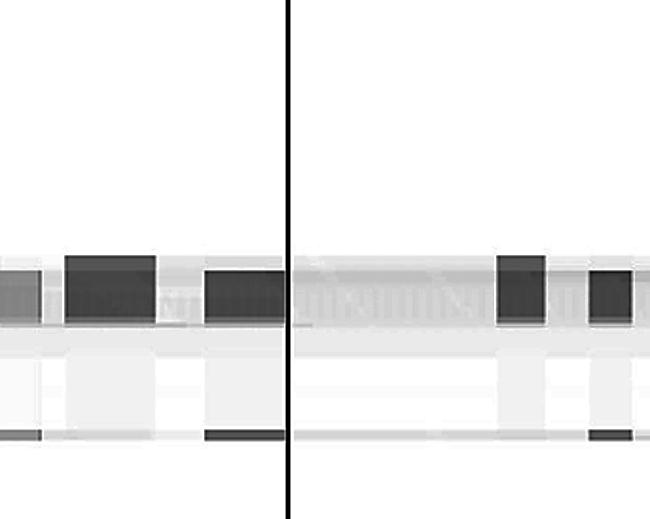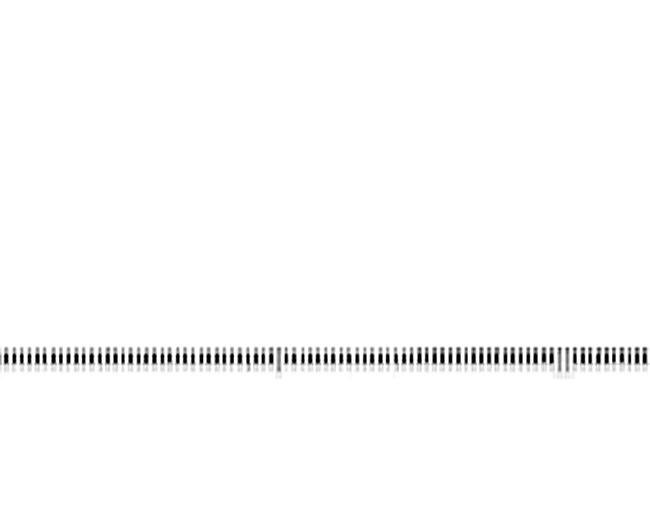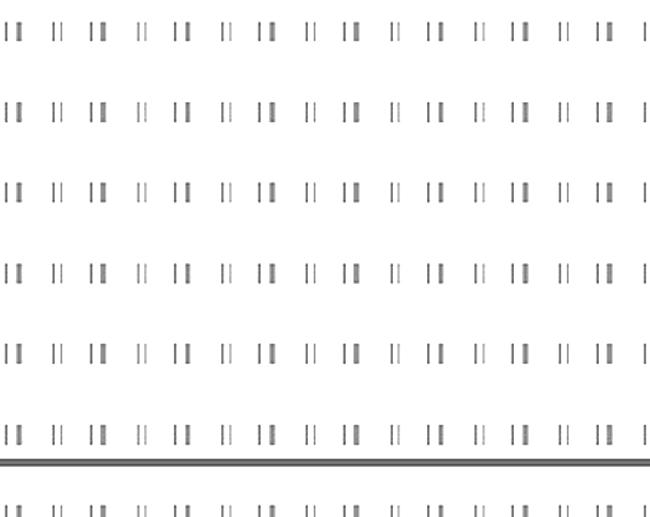rewind
the basis or inspiration for the video rewind was the musical work >rückenwind< by shabotinski [ (b)ypass:(k)ill ].
in contrast to commercial music videos, in which the visual level is integrated by means of editing, synchronization and action and it is presented as a visual component of the music, the intention in rewind was to use the music itself for a visual interpretation of the images. the ultimate goal was to create a symbiotic relationship between the audio and visual material.
the structure and composition of the song >rückenwind< was interpreted as a continuous, linear movement. the title >rückenwind< and rewind emphasize the impression of constraints imposed by time and direction.
acoustic interference are reproduced as visual impurities and break through the time axis in a rhythmic way predetermined by the music. in a purely technical sense, the visual interference was filtered out of the musical level by means of algorithms and transferred to the visual level through recoding.
[n:ja]
Rewind is based on a piece of music: an electronic track entitled Rückenwind is provided as the source material, a composition by Shabotinski in which a deep frequency melodic fragment is swirled around by a delicate track of sounds. It clicks, pounds, whooshes, hums, and crackles around the quietly resounding basic theme of the piece. The abstract visual level emphasises the soundtrack, suggesting a digital score, and is vaguely reminiscent of music applications, the user-interface of composition software. At the same time the minimalist images suggest a continual forwards movement, gliding ahead on a parallel voyage through the virtual space: mobile geometry.
The first minute of this production is frugally orchestrated, both visually and acoustically: the narrow horizontal track grows only gradually and unceasingly transforms on a white background into subliminal sound atmospheres. A mobile vertical line is added while the graphical basic structures become broader, brighter and more complex. The restless dance of the vertical line could be a reference to old cinema, an ironic message from the digital world to the analogue world of earlier times, an associative allusion to the vulnerable nature of the photographic filmic image. A brief caesura occurs after about three minutes: the work then tips unexpectedly from the black, grey, and white tones that dominate Rewind into blurred and distorted images in real colours, into restless and clearly hand-shot footage where one suspects passers-by scurry-ing through the streets. The pastel coloured apparition does not even survive for 20 seconds before the return to artificially jolting machine animations extinguishes any remaining illusion of reality.
First proximity is established, then distance is taken: Rewind leads from a close-up detail back into the full-view of a strictly organised world, seen from a distance, that is dismantled into its pixels and so transformed into a vast field of digital microorganisms. At the end remains only a grey line onto which the credits are blended. The rewind in the title may be playing on the concealed meanings that can only be appreciated with a retrospective glance: it is presumably no coincidence that the term “rewind” is concealed in the (original) music title Rückenwind.
(Stefan Grissemann)
rewind
2000
Austria
5 min



